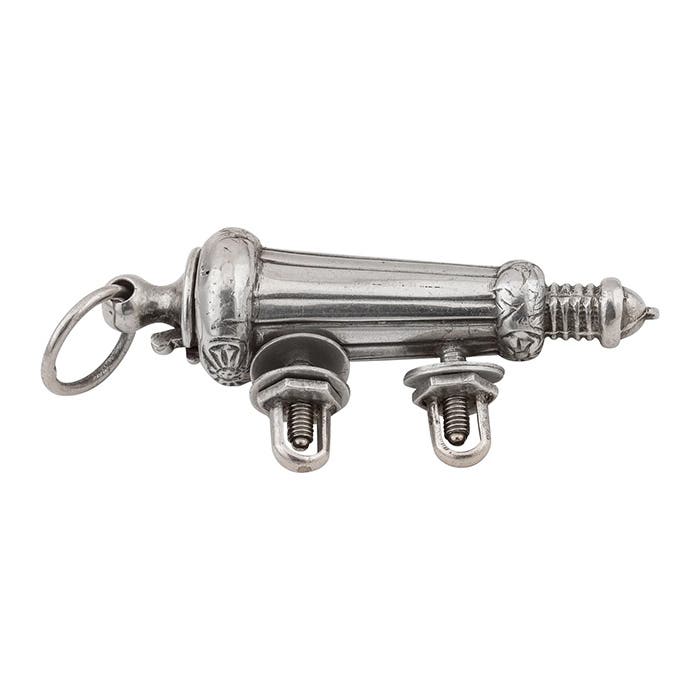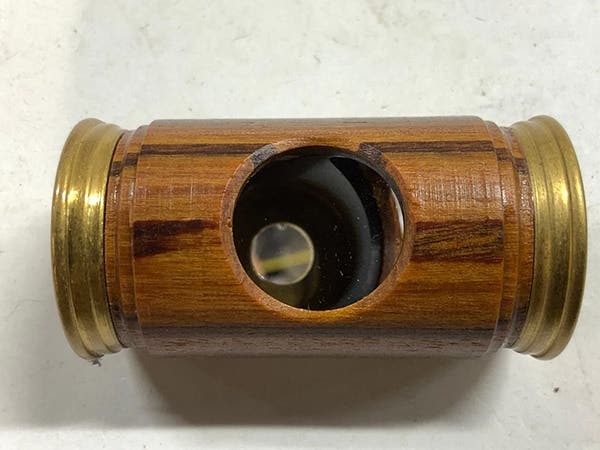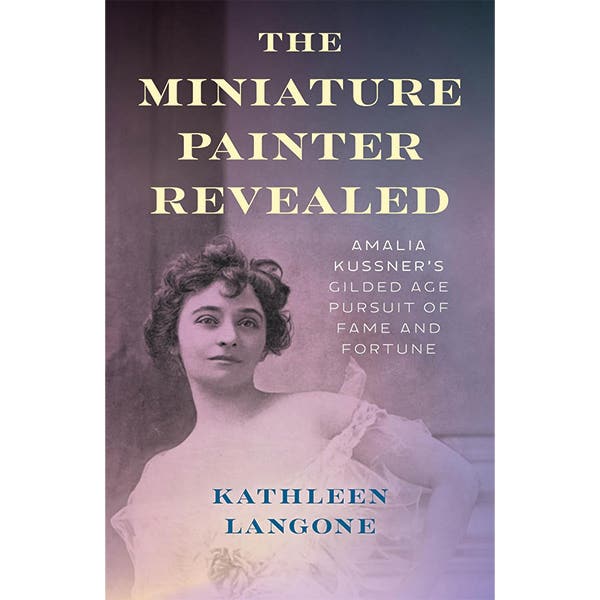Tapping into apps for cataloging and selling
There’s a whole new generation of smartphone applications designed to help too-busy Americans catalog and sell their accumulations. In his latest Behind the Gavel column, Wayne Jordan reviews and shares his findings on several of them.
Back in 2012, a group of social scientists working with UCLA’s Center on Everyday Lives of Families spent four years studying 32 Los Angeles families. The methodology used might lead one to believe that the scientists were studying the sociology of animal groups: the movements of family members were tracked with position-locating devices, activities were videotaped and saliva samples were taken to determine stress levels. The study is documented in the book “Life at Home in the Twenty-First Century: 32 Families Open Their Doors” by Arnold, Graesch, Ragazzini and Ochs (www.amazon.com/Life-Home-Twenty-First-Century-Families/dp/1931745617).
As a Boston Globe reviewer explains, the UCLA scientists concluded that “American families are overwhelmed by clutter, too busy to go into their own backyards, rarely eat dinner together even though they claim family meals as a goal and can’t park their cars in the garage because they’re crammed with non-vehicular stuff” (http://bit.ly/JLu3Hq).
Sixty years of postwar consumerism has left Americans overwhelmed by “stuff.” But, don’t panic. To quote a 2009 iPhone television commercial: “There’s an app for that.”
Indeed there is. In fact, there’s a whole new generation of smartphone applications designed to help too-busy Americans catalog and sell their accumulations. And, many consumers will use that extra money to go out and buy more stuff. After all, that’s what keeps our economic engine humming along.
Let’s take a look at the new mix of smartphone apps for online selling, and determine which of these (if any) might actually be useful to antique buyers and sellers.
Boxes (www.box.es)
Boxes is essentially a personal filing system that allows you to photograph your possessions, add a description and price it if you are so inclined. Each “box” represents a category, such as clothing, furniture or your various collections. The app networks with other “box.es” users, so one can offer up items for sale and discover items that are offered for sale by others. The app has a built-in geo-locator so that one can determine where a particular item is located.
Upside: Helps you get organized; has a photo feature built into the app so cataloging is easy.
Downside: Doesn’t interface with any of the major selling platforms like eBay, Amazon or Etsy. No payment processing or shopping cart.
Relevance: Might be useful for cataloging and promoting yards sales to a local audience.
Cost: Free for iPhone and iPad, not available for Android.
Sell Simple (www.sellsimple.com)
Like Box.es, Sell Simple enables users to photograph, describe and price an item from within the application. Once that’s done, users can post a listing to a menu of selling channels that includes eBay, Amazon, Craigslist, Pinterest, Facebook, Twitter and others. Selling on these venues individually is, according to Sell Simple’s advertising material, “a huge pain.” So, Sell Simple offers consumers the ability to offer their items for sale on all these venues simultaneously “in under a minute.” If you’re fast enough to photograph, price, describe, select shipping options and selling channels for a single item in under a minute, then my hat’s off to you; it takes me longer than that to get a picture in focus.
Upside: Interfaces with multiple selling channels, offers built-in payment options.
Downside: Getting a sale item listed online and getting it sold are not the same thing. Good photos, a solid pricing strategy and multiple shipping choices are all needed, and those things take a lot longer than a minute.
Relevance: Potentially, this app is a good time saver, but regular online sellers know that creating effective listings requires effort and planning. Sell Simple’s advertising department should back off on the “under a minute” claim; they’re creating an unnecessary expectation.
Cost: Free for iPhone and iPad, not available for Android.
Rumgr (www.rumgr.com)
Rumgr has identified their niche better than most; their app is described as a “garage sale for your phone.” As with other mobile selling apps, users photograph the items for sale, describe and price the items and post them to the Rumgr network. Buyers can browse and geo-locate items and communicate with sellers to arrange an inspection, or buy via electronic payment from within the app.
Upside: Clear user interface.
Downside: Not very many users, since local networks are still being established. No interface with major selling channels; limited to a local audience. Of course, for some this might be considered a positive rather than a negative.
Relevance: In areas where a strong local user base has been developed, this app can be extremely useful to both buyers and sellers. I’d love to have such a network in my area, because I’d get to preview garage sale items to see if the sale was worth making a trip. In my rural area, that could mean a huge savings on gasoline.
Cost: Free for iPhone and iPad, not available for Android.
Stuff For Sale
(http://stuff4saleapp.com/)
Stuff For Sale combines the connectivity of social media with a visual classified ad platform. Their website proclaims “Stuff For Sale is a social, location-based classifieds app that allows you to buy and sell used (and new) stuff, quickly and easily.” Like Craigslist, the app is oriented to local buyers and sellers. Buyers can search by category, and sellers can post listings in much the same way as with the mobile selling apps listed above. Users can create profiles, interact with each other socially, and follow favorite sellers. Items can be searched and sorted by keyword.
Upside: Safer than selling on Craigslist; user-friendly interface.
Downside: Like Rumgr, it’s not available in many markets.
Relevance: A good app for selling items one-at-a-time in a local market. No particular advantage over Rumgr, not as flexible as Sell Simple.
Cost: Free for iPhone and iPad, “coming soon” on Android and Windows phones.
Mobile selling apps such as those listed above seem to come and go at an alarming rate. There are others that I haven’t reviewed yet, such as Offer Up (https://offerupnow.com/), and eBay listing interfaces World Lister (http://worldlister.co/) and Selz (https://selz.com/). One app that I thought had great potential was Sold, but the app is no more. Their website says that Sold is now a part of Dropbox, but I can’t find any information on how that partnership works.
In my opinion, it’s a waste of time to download an unproven mobile app in the hope that one might sell more effectively. Online selling venues require traffic, and most of the so-called “local networks” promoted by new mobile apps simply don’t have much traffic. Plus, security is an issue for online buyers: They want to know that they will get what they paid for, that the financial transaction is secure, and their item will be shipped in a timely manner. The networks provided by local mobile apps can’t do all of that yet.
eBay and Amazon spend a lot of time and money building confidence in their transactions, and in my opinion the only mobile apps that might prove valuable to consumers and merchants are those that interface with eBay, Amazon and similar sites. Of the mobile apps listed above, the only one that fits that requirement is Sell Simple. Just don’t expect to create a good listing in under a minute.








